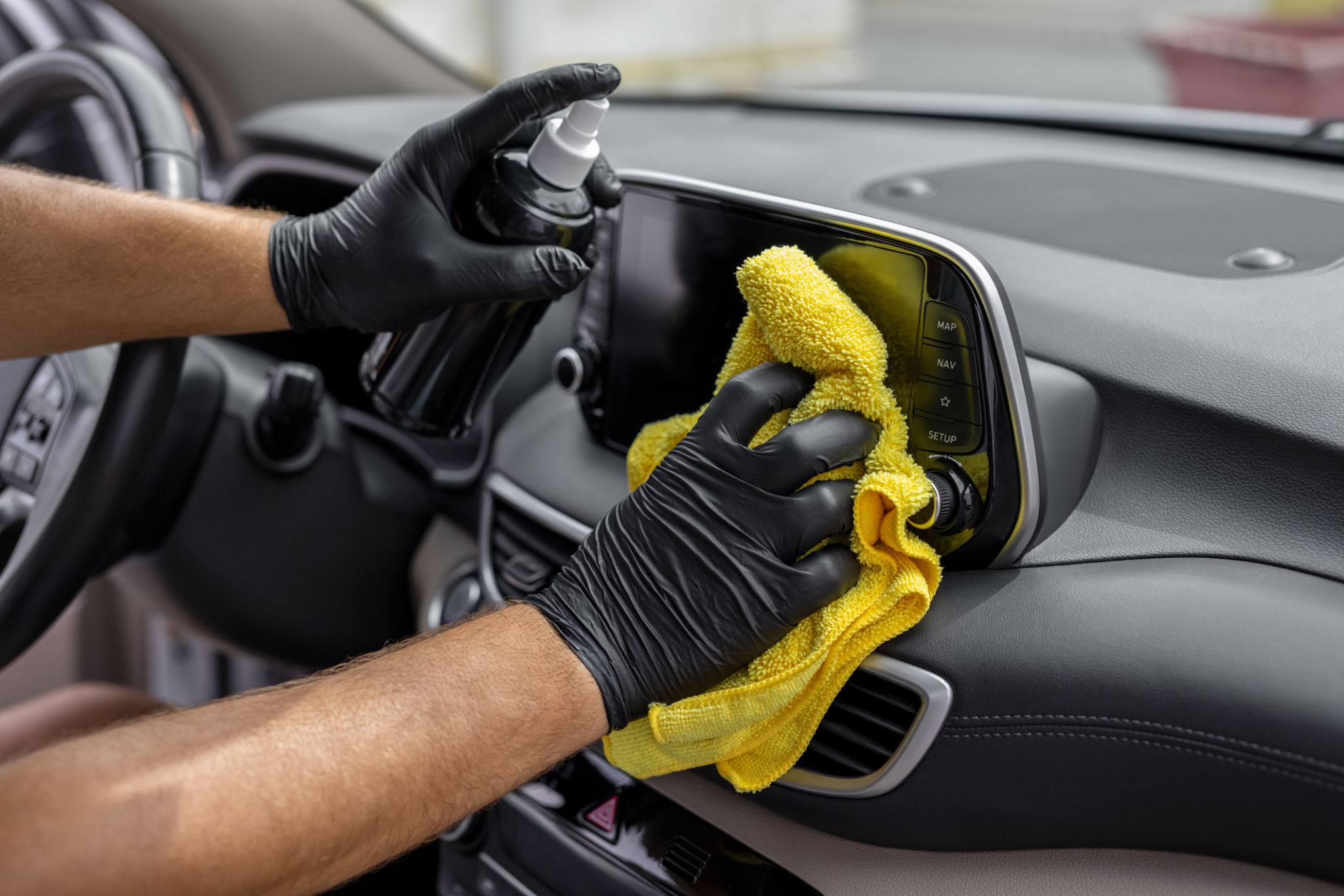How Paint Protection Film Works: A Step-by-Step Guide for Car Owners
Introduction to Paint Protection Film
Car owners are always on the lookout for ways to keep their vehicles looking pristine. One effective solution is Paint Protection Film (PPF), a transparent layer applied to your car’s exterior to shield it from damage. This guide will walk you through the process of how PPF works, ensuring you understand its benefits and how it can protect your investment.

What is Paint Protection Film?
Paint Protection Film is a thermoplastic urethane film applied to the painted surfaces of automobiles. Originally developed for military use, its application has expanded to consumer vehicles due to its effectiveness. The film is nearly invisible and provides a layer of protection against physical damage such as scratches, rock chips, and minor abrasions.
The Composition of PPF
PPF consists of multiple layers, each contributing to its durability and protective qualities. Typically, it includes:
- A clear coat that offers high-gloss and self-healing properties.
- An elastomeric polymer that helps maintain flexibility and absorb impacts.
- An adhesive layer that ensures strong adhesion to the car's paint without damage.
The Application Process
The application of PPF requires precision and skill, often best performed by professionals. Here’s a step-by-step breakdown of the process:

Step 1: Surface Preparation
The vehicle's surface is thoroughly cleaned and dried to remove any dirt, dust, or oil that might interfere with the film's adhesion. This step is crucial for ensuring a smooth, bubble-free application.
Step 2: Film Cutting
Using either pre-cut templates or custom cutting, the film is tailored to fit the specific contours of your vehicle. This precision ensures that every part of the car's surface is adequately covered.
Step 3: Application and Installation
The film is carefully applied to the vehicle, typically with the aid of a slip solution that allows for adjustments during placement. Skilled technicians use squeegees to remove air bubbles and ensure proper adhesion.

Benefits of Using Paint Protection Film
PPF offers several advantages that make it a worthwhile investment for car owners:
- Durability: The film can withstand harsh weather conditions and protect against UV rays, preventing paint fade.
- Self-Healing Properties: Minor scratches on the film can disappear with exposure to heat, maintaining a flawless appearance.
- Maintains Resale Value: By preserving the original paint, PPF helps retain your vehicle's market value.
Maintenance Tips for PPF
Once applied, maintaining PPF is relatively simple. Regular washing with mild soap and water will keep the film clean. Avoid harsh chemicals or abrasive materials that could damage the film. For best results, follow any specific care instructions provided by the installer.
Conclusion
Paint Protection Film is a smart choice for car owners looking to preserve their vehicle's aesthetic appeal and protect it from everyday wear and tear. By understanding how PPF works and its benefits, you can make an informed decision about safeguarding your car’s exterior.